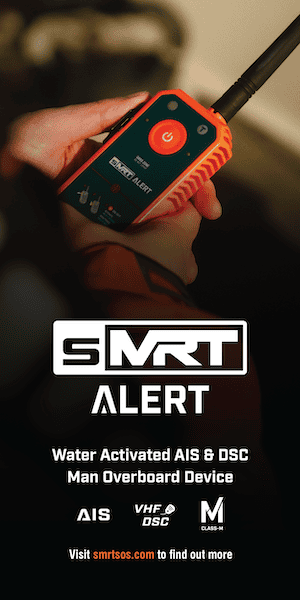A high-speed accident that resulted in the death of a 15-year-old teenager would likely not have happened had the trip been conducted in line with industry good practice.
That’s the finding of the chief inspector of marine accidents, Captain Andrew Moll OBE in his report on the investigation of the contact between the passenger craft Seadogz, and a navigation buoy, in Southampton Water, England, on 22 August 2020.
The skipper and the 11 passengers suffered impact injuries; two passengers were thrown into the water. Emily Lewis, who was sitting in the middle of the bench seat, was propelled forward into a handhold and sustained fatal injuries.
After the accident the passengers were rescued by nearby recreational craft, taken back to the marina and transferred to hospital, where Emily died that afternoon.
The skipper drove the damaged rigid inflatable boat to a nearby boatyard and was later also taken to hospital.

The MAIB investigation concluded that the skipper did not see the buoy in sufficient time to take avoiding action as he had lost positional awareness, most likely due to the high mental workload associated with operating Seadogz alone at high speed near other marine assets.
It also concluded that: the seating and handholds on Seadogz afforded little protection to the passengers in the event of the rapid deceleration and that the boat’s operator did not have a safety management system, while the risk assessments for the boat were cursory and generic.
In addition, there were significant limitations in the regulations for small high-speed commercial passenger craft, with no specific requirements for factors such as crash protection, seat design, forward visibility and a safety management system. Further, the current regulations did not consider the intended operation or high-speed operations of a small commercial craft.
In his forward to the report, Capt Moll states that: “The fact that a passenger excursion on a modern rigid inflatable boat being operated in favourable conditions by an appropriately qualified and highly experienced skipper could result in such terrible consequences is difficult to comprehend.”

And he added that all skippers of commercial high-speed craft are taught safe boat handling while gaining their qualifications, and there is no excuse for abandoning professional standards when undertaking a high-speed trip or experience ride.
He adds: “Passengers in small high-speed craft are very vulnerable to impact and vibration injuries.
“In the last 15 years, the MAIB has investigated numerous accidents involving high-speed passenger craft and made various recommendations to improve the safety of this sector.
However, as yet, little has been done to provide proper protection to passengers and crew from these hazards that routinely result in life-changing injury and, occasionally, death.”
And he said that he hoped the maritime regulator, manufacturers and operators of small, high-speed passenger craft will take the lessons from this report as a stimulus to action.




